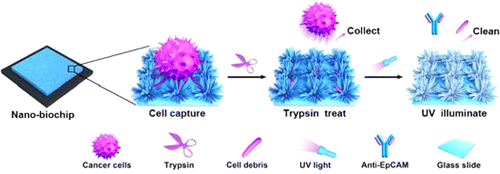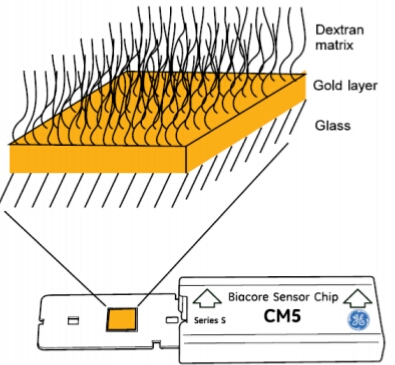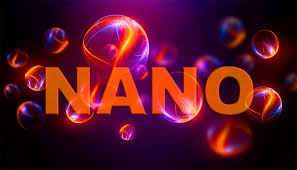Nano biochip sensors Structure and functions (based on PhD in nano-microelectronics PhD in education _ Research
Researcher and author: PhD student Afshin Rashid
Note: Nano biochip sensors are a kind of miniature laboratory consisting of a set of microarrays. These particulate matter act as test sites within the biocype, and because many of them can be built inside the biocype, they serve as a multifunctional electronic nanosensor that allows many experiments to be performed simultaneously. This can naturally result in much higher test speeds and efficiencies than if each test were performed separately using other methods.
Nano biochip sensors have long existed in one form or another, but nanosystems that can easily have more than 1000 parts (mainly due to the electronics in biogyps). There are three main types of biosippers used, and these include experiments on nano biochip sensors , DNA chips, and protein chips. There are four main components to any biology (simple or complex). It is the first fine dust. A microarray is a network of biosensors built to detect different biomolecules. Nano biochip sensorsBy delivering the sensing molecules on a flat surface, they are physically bonded to the surface, whereby they are integrated with microelectronics. While this is an important part, a transducer is also needed to translate the molecular sensing mechanism, through the interaction of intermolecular forces or through reaction, into a usable output. This brings us to the third and fourth major parts, the signal processing unit and the readable output, which interconnects the data and makes it readable and usable by the operator.
Nano biochip sensors are used for various applications of biomolecule sensing. Which includes many nanomolecular assay techniques. Nanobiochip sensors aremainly designed to detect antibodies and infectious diseases (viruses, fungi, parasites, etc.). Andgenerally identify a wide range of biomolecules in a sample - including, but not limited to, DNA, RNA, antibodies and antigens, enzymes, bacteria, fungi, and viruses. Nanobiochip sensors havealso found special applications in dermatological applications on the chip.
Conclusion:
Note: Nano biochip sensors are a kind of miniature laboratory consisting of a set of microarrays. These particulate matter act as test sites within the biocype, and because many of them can be built inside the biocype, they serve as a multifunctional electronic nanosensor that allows many experiments to be performed simultaneously. This can naturally result in much higher test speeds and efficiencies than if each test were performed separately using other methods.
Author: PhD student ( Afshin Rashid)
PhD student in nano-microelectronics at Islamic Azad University, Science and Research Branch of Tehran




